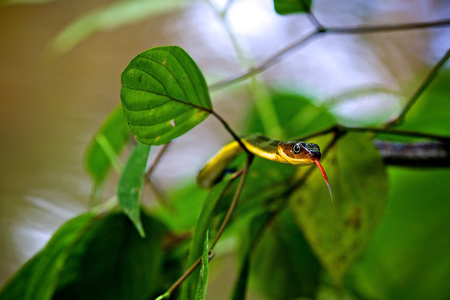I Want a Nature Vacation. Where Should I Go in Ecuador?
Each of Ecuador’s regions has destinations that would make for a superior nature vacation. The environments you find will depend on your elevation, and which part of Ecuador you choose.

Go for breathtaking hikes in Ecuador’s “Avenue of the Volcanos,” the nickname for the cluster of volcanoes found in the Central Sierra. You can get to these formations at the Chimborazo Ecological Reserve and Cotopaxi National Park.
The chain of islands that make up the Galápagos is a famously singular sight – the naturalist Charles Darwin described the Galápagos as “a little world within itself.” On Santa Cruz Island, you can see giant Galápagos tortoises. Visit San Cristobál Island to see an island formed from volcanic rock. Isabela Island might have the largest variety of animals, with tortoises, boobies, pelicans, cormorants, and bright orange Sally Lightfoot crabs. To get the most out of your visit to the Galápagos, consider signing up for a cruise.
Ecuador is home to tracts of Amazon rainforest. Visitors can make a trip to the Amazon in an ecologically sustainable manner. Yasuní National Park and Cuyabeno National Park both have eco-lodges that can serve as a home base for your Amazon adventure.
Take a nature vacation on Ecuador’s coast, and spend your trip on one of the most breathtaking shorelines in South America. In the Manabí province, make a trip to the beach at Bahía de Caráquez, as well as the local mangroves and tropical dry forests. Hike through Manabí’s Machalilla National Park to see its imposing cliffs and delightfully isolated beaches.
Related Questions
- What Should I Wear or Bring To a National Park in Ecuador?
- Can I expect To See Wildlife in Ecuador?
- Where Are Ecuador's National Parks & Reserves?
- How Much Does It Cost To Visit a National Park or Reserve in Ecuador?
- Are Ecuador's Parks and Reserves Well Developed?
We believe travel is more than ticking destinations off a list – it’s about discovering new places deeply, feeling connected wherever you go, and knowing you have a trusted team behind you every step of the way.




